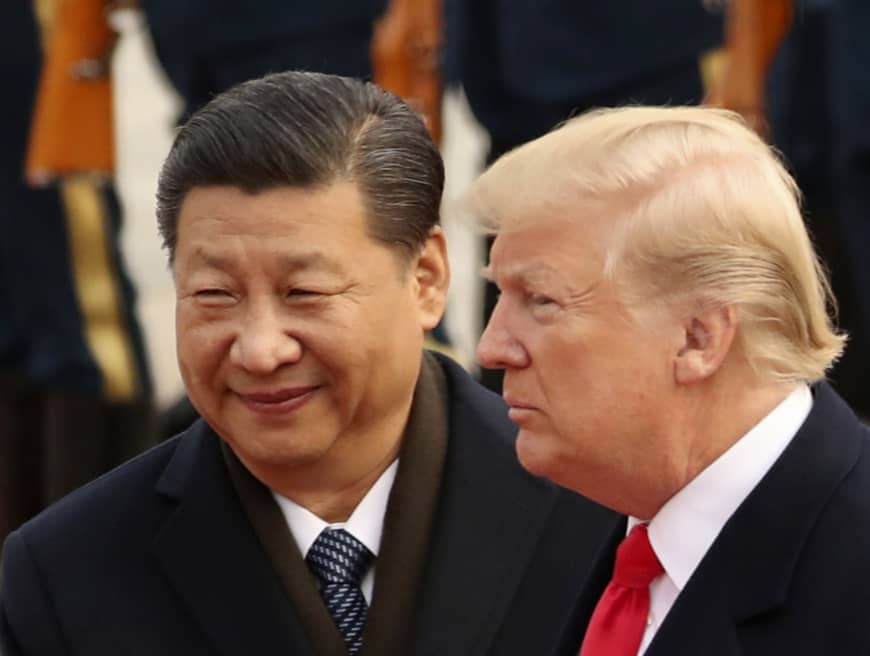By Rosalind Mathieson, Bloomberg, July 15, 2020
The list of retaliatory actions between the U.S. and China is growing so quickly it almost needs a spreadsheet to keep up.
But what might sanctions actually achieve? They’re a blunt tool, even when focused on individuals or corporations, as are tariffs imposed on sectors of an economy.
The U.S. is seeking to pressure China to change course in several areas: its crackdown on the Uighur Muslim minority in western Xinjiang province, its tightening grip on freedoms in Hong Kong via a national security law, and its trade practices in shielding state-owned companies as well as telecoms giant Huawei.
China’s penalties in turn aim to get Donald Trump’s administration to back off.
For decades countries have deployed sanctions, but often to limited effect. They didn’t stop Iran, for example, in its nuclear program. Or North Korea for that matter. They didn’t make Russian President Vladimir Putin reverse on annexing Crimea.
Indeed the evidence is mostly that sanctions motivate a country to dig in further, even when the economy is ravaged. The penalties simply hurt ordinary people more than their leaders.
There is one area sanctions may actually work. The U.S. ban on Huawei sourcing microchips that use American technology is having a knock-on effect as the U.K. and France fret that Huawei will now have to use untrusted microchips, raising further the risk of having them in their 5G networks.
But overall, the penalties are unlikely to have much impact on either the U.S. or China. Each has too much at stake to back down.





